Parkson falls behind rival shopping malls
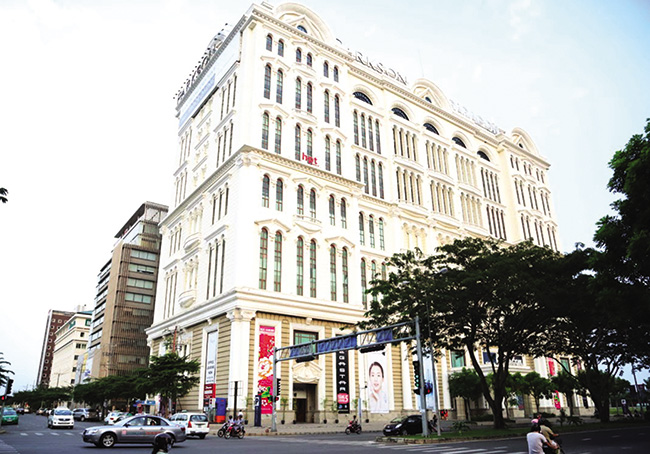 |
| Parkson’s retail model seems unable to compete alongside the new generation of shopping malls Photo: Le Toan |
Last week, after five years of operation in an affluent area of Ho Chi Minh City, Parkson Paragon pulled down its shutters for the last time. Although Parkson failed to provide any reason for the closure, industry insiders and rivals said the closure was no surprise given that the mall had failed to attract customers. Last year was a particularly tough year for Parkson (which is owned by Lion Group), as the group saw the closure of its mall in Hanoi’s Keangnam Landmark tower.
Dinh My Loan, chairman of the Vietnam Retail Association (VSA), said that in recent years shopping malls in Vietnam were blooming both in size and number, but many of them were struggling to survive as the purchasing power was not equal to the pricing of goods in malls such as Trang Tien Plaza, Grand Plaza, or Hang Da Galleria, to cite a few examples.
Mai Vo, Retail and Business Development manager at Cushman & Wakefield Vietnam, said that nowadays customers’ shopping trends were leaning towards malls that offer a diverse range of shopping categories in one space.
“During Parkson’s early penetration into Vietnam (2007-2010), they gained major market share as well as profits at a time when the retail market had lots of room to manoeuvre. However, their copy-and-paste model can’t compete with the new shopping malls where customers can find all their needs in one space – from shopping, to entertainment, to food and beverage, and so on,” said Vo.
Vo added that such one-stop shopping environments were only available in the new malls as they fit customers’ needs. The recently opened malls are positioned better through their trading mix, incorporating more activities to attract large numbers of mid-income customers. This stands in sharp contrast to the older malls that only offer high-end brands or a limited trade mix where customers’ daily shopping needs are not met.
Commenting on this retailing trend, Yukio Konishi, general director of Aeon Vietnam, said that “It is easy to understand why this is happening in these cases, as these investors are not professional. This sector is not for the faint-hearted, as shopping centres are complex in nature”.
Notably, Aeon plans to operate up to 20 shopping malls in Vietnam by 2020. Aeon’s strategy is to source qualified local partners that can help expand the group’s business model. Building unique properties and training local staff are also key aspects of the Japanese retailer’s success in global markets.
According to Leanne Mitchell, CBRE Asia’s director for Asset Management, managing a trade centre is an art form. In order to make them successful, owners must have a keen eye for the market.
“They have to understand which customers they are serving, adapt to consumption trends, be knowledgeable about lifestyle and customers’ incomes, and then they can determine which market segment they should target,” Mitchell said.
Hong Won Sik, chief executive of Lotte Vietnam Shopping told the press that the company’s latest shopping mall was a major step forward in Lotte’s ambitious plan to have 60 shopping malls in Vietnam by 2020.
“To facilitate our goals, Lotte Mart will open four or five new shopping malls each year. We are also keen to stimulate our merger and acquisition activities to save time,” Sik added.
Phan Thanh Duy, centre manager of SC VIVO, which is jointly developed by Saigon Co.op Investment Development JSC and Singapore’s Mapletree Investments Pte Ltd, told VIR that “it plans to open more shopping malls in Buon Me Thuot and Ho Chi Minh City next year following the inauguration of its debut shopping mall in Ho Chi Minh City’s District 7”. This flagship mall came with a price tag of $100 million.
According to Mapletree, SC VivoCity has drawn strong footfall since it began operations in April with an average of 700,000 shoppers per month. To date, 90 per cent of the net lettable area of over 441,000 square metres has been committed.
What the stars mean:
★ Poor ★ ★ Promising ★★★ Good ★★★★ Very good ★★★★★ Exceptional
Latest News
More News
- Negotiations over payment agreement for LNG power stuck in deadlock (April 23, 2024 | 18:02)
- Masan completes $250-million equity raise from Bain Capital (April 23, 2024 | 17:37)
- Amata City Ha Long marks six years of development (April 23, 2024 | 17:00)
- Taiwan's Giant Group to build $120 million bicycle factory in Binh Duong (April 23, 2024 | 15:02)
- Nvidia delegation to explore opportunities in Vietnam (April 23, 2024 | 08:30)
- China's BOE builds $275 million electronics factory in Ba Ria-Vung Tau (April 22, 2024 | 10:44)
- Suntory PepsiCo breaks ground on its largest Asia-Pacific plant in Vietnam (April 22, 2024 | 08:53)
- New Hope ceases Binh Dinh pig-breeding project (April 19, 2024 | 18:34)
- Localities get ready for fourth FDI boom (April 19, 2024 | 16:41)
- Japanese retailer Takashimaya to advance project in Hanoi (April 19, 2024 | 11:31)

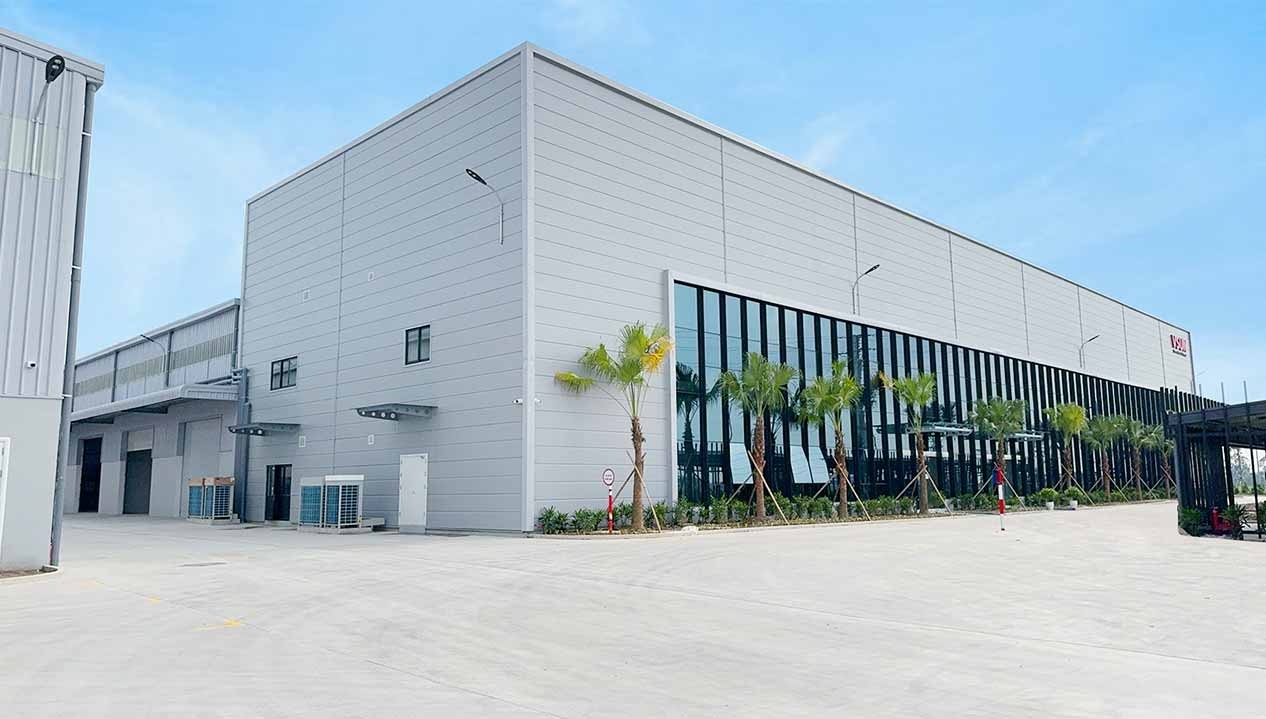
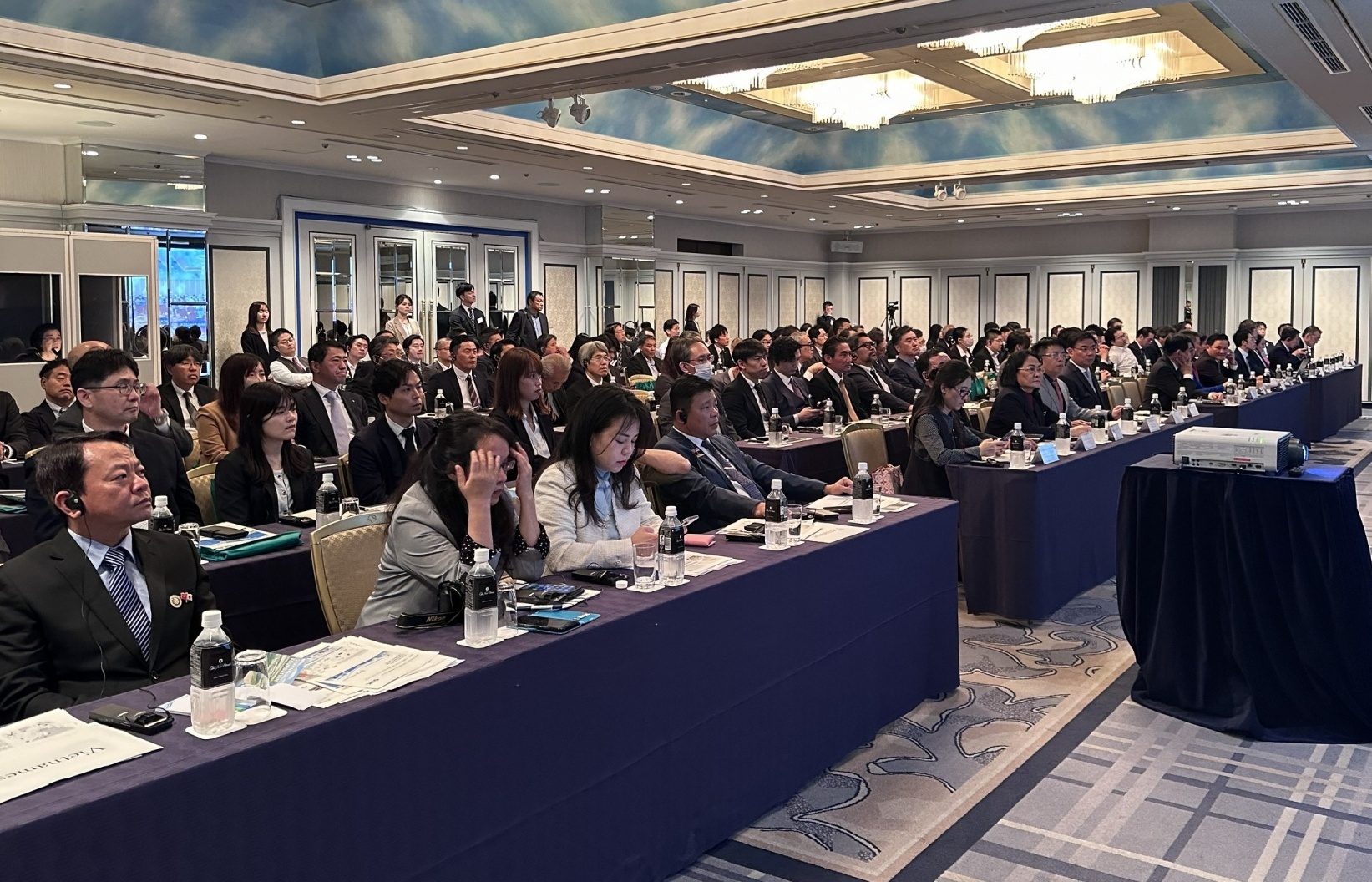
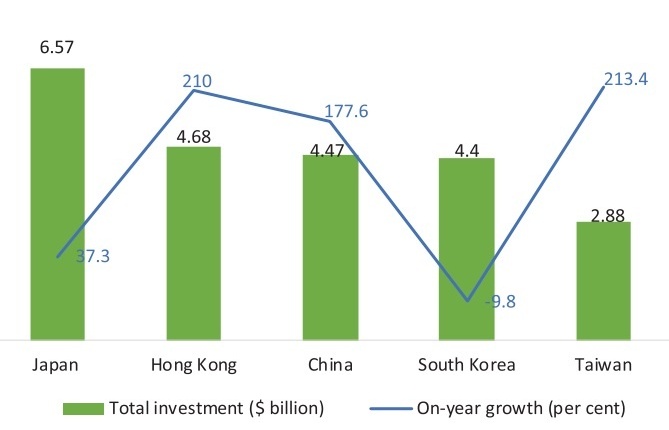
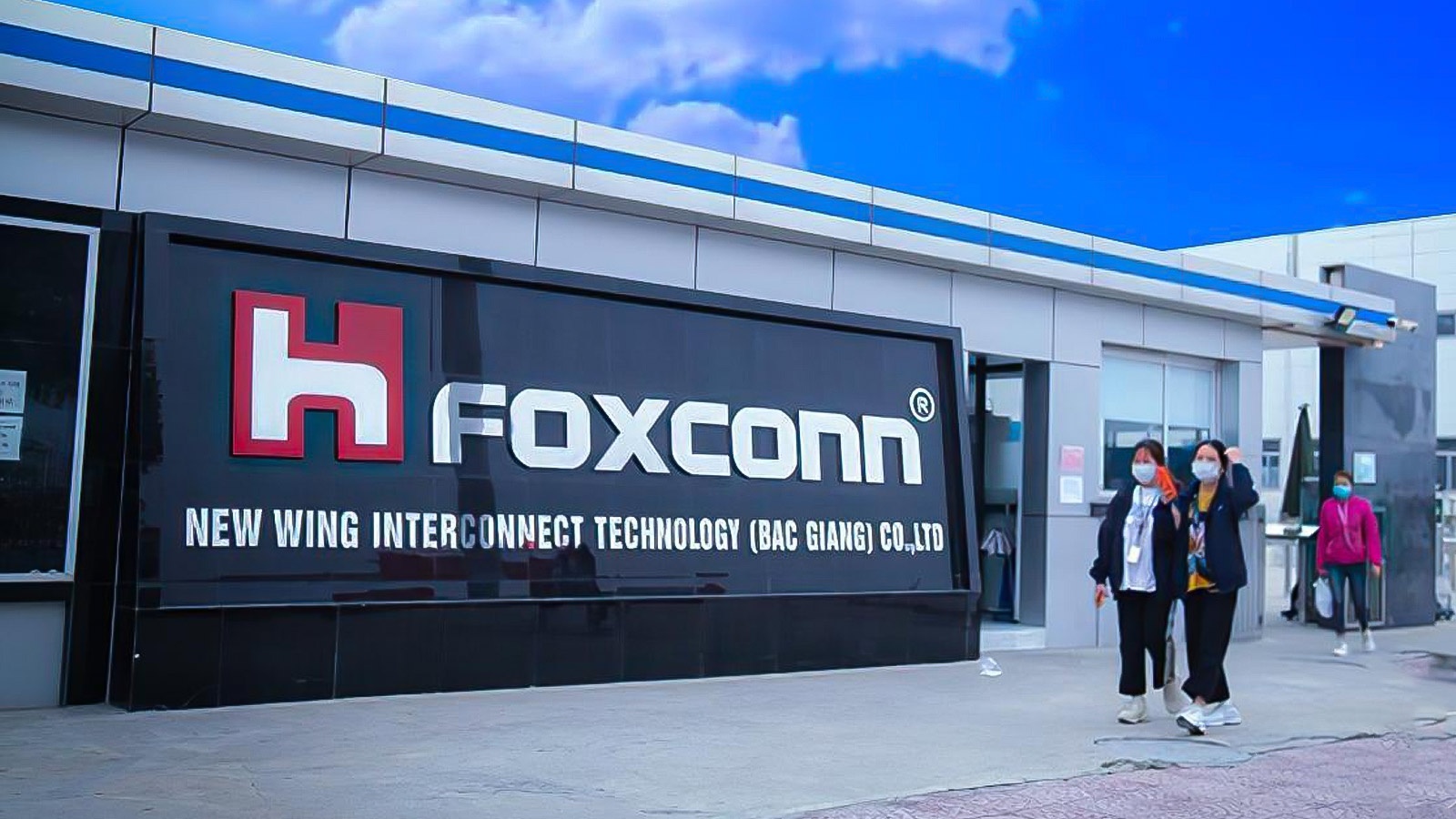
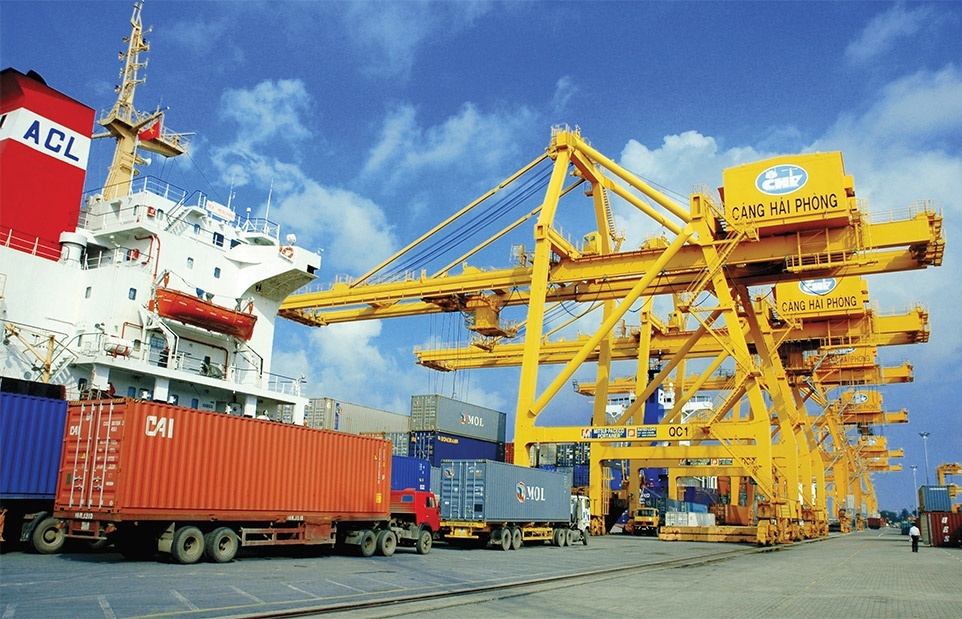
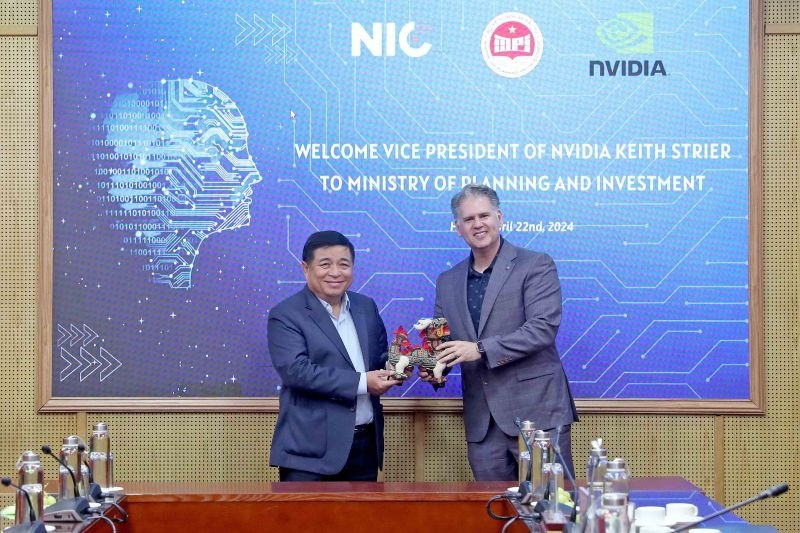



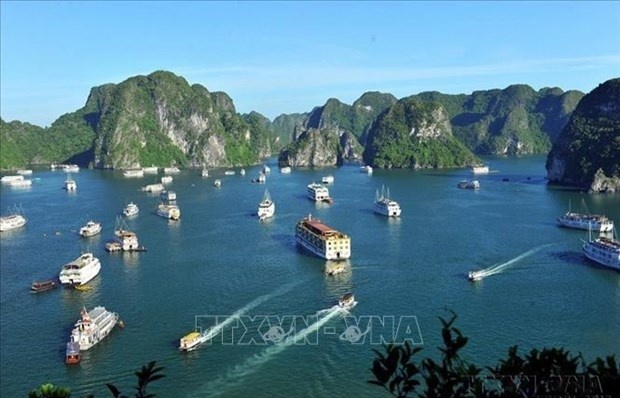
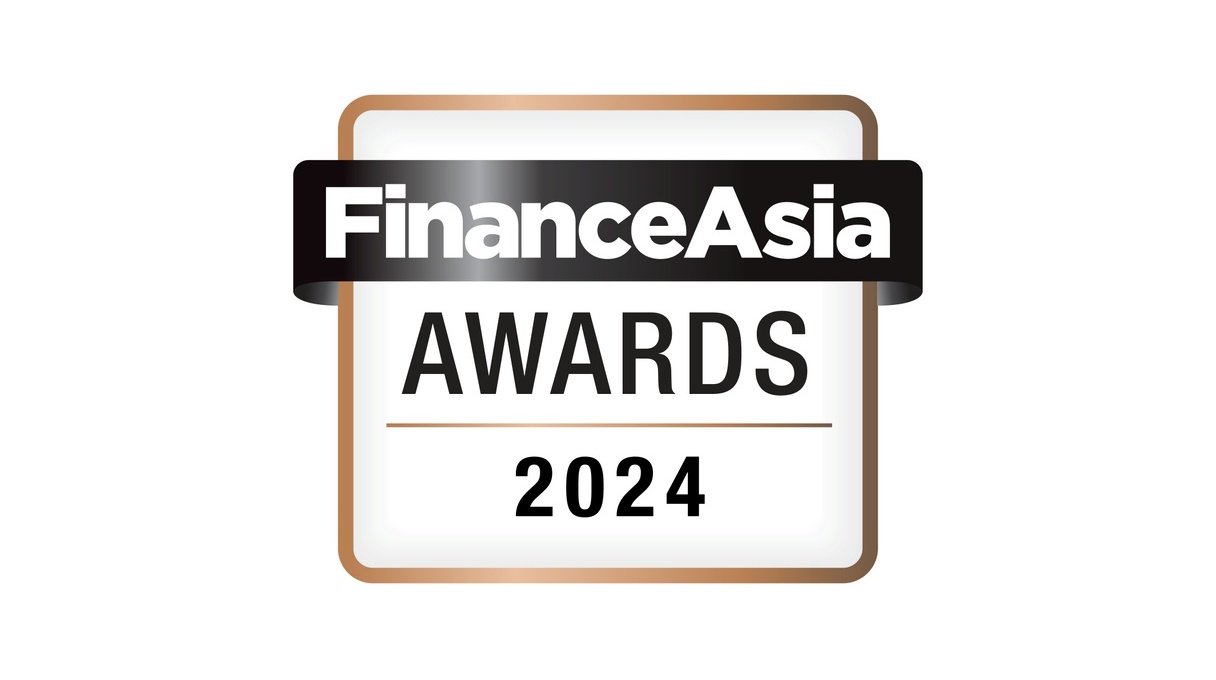




 Mobile Version
Mobile Version